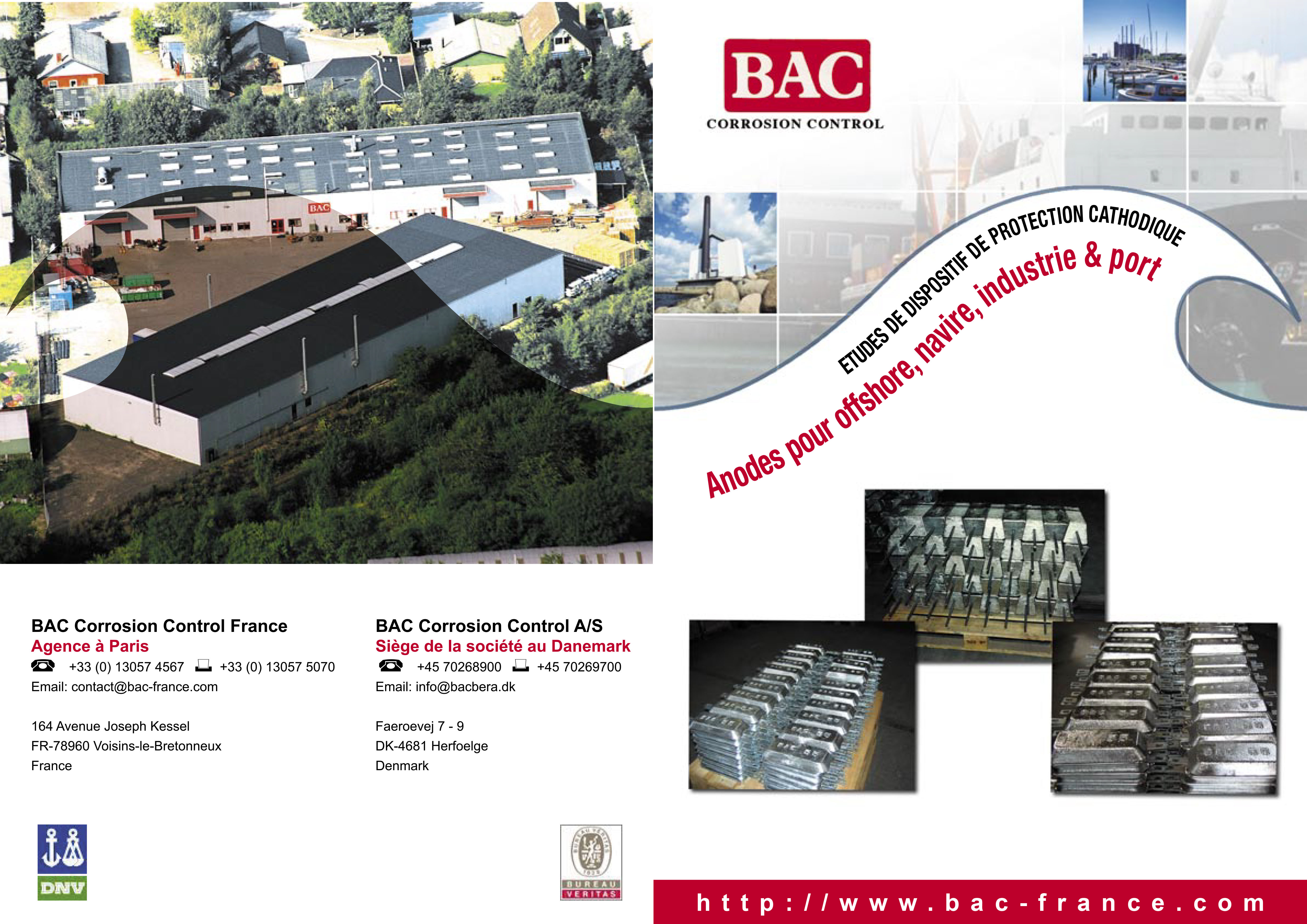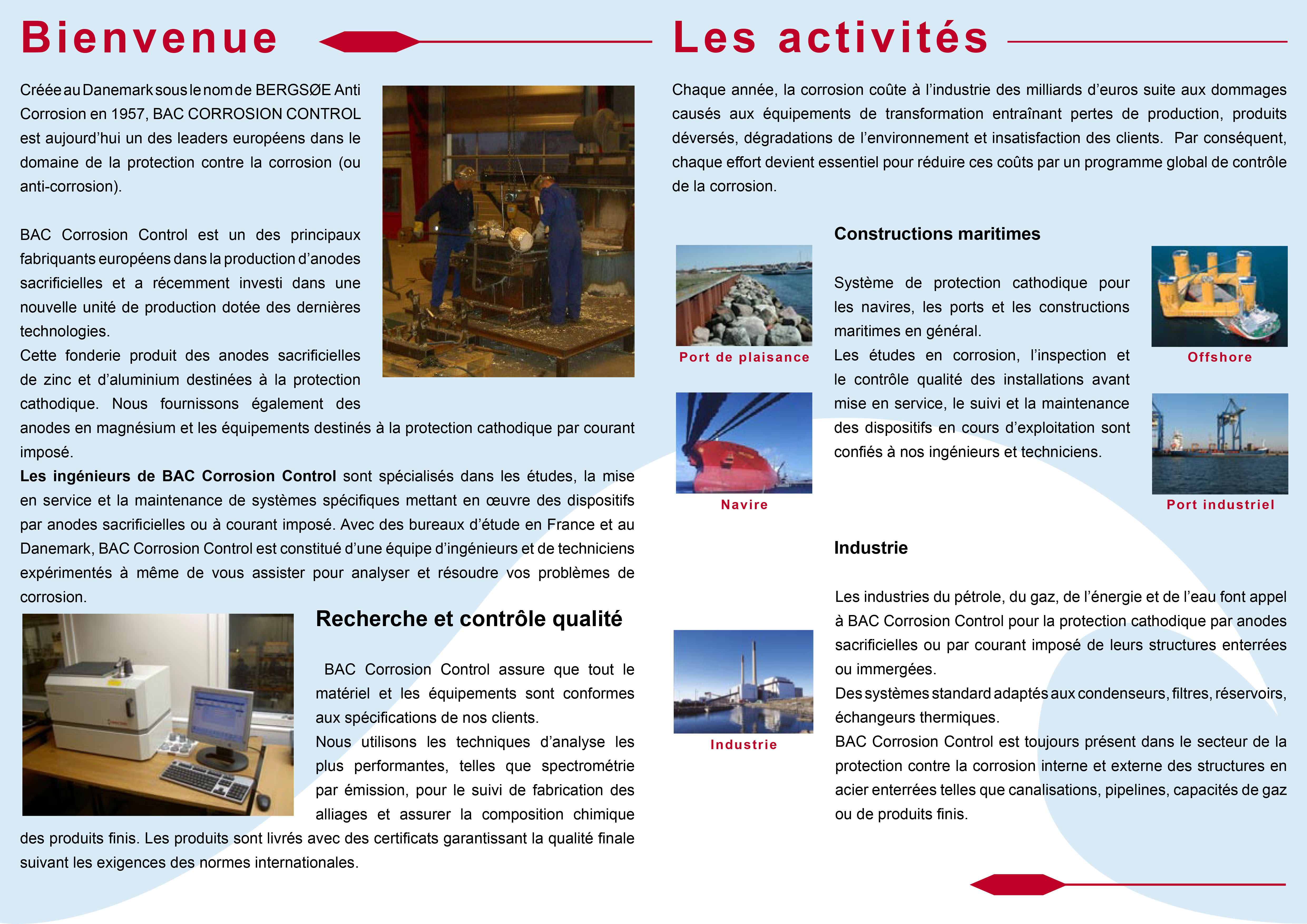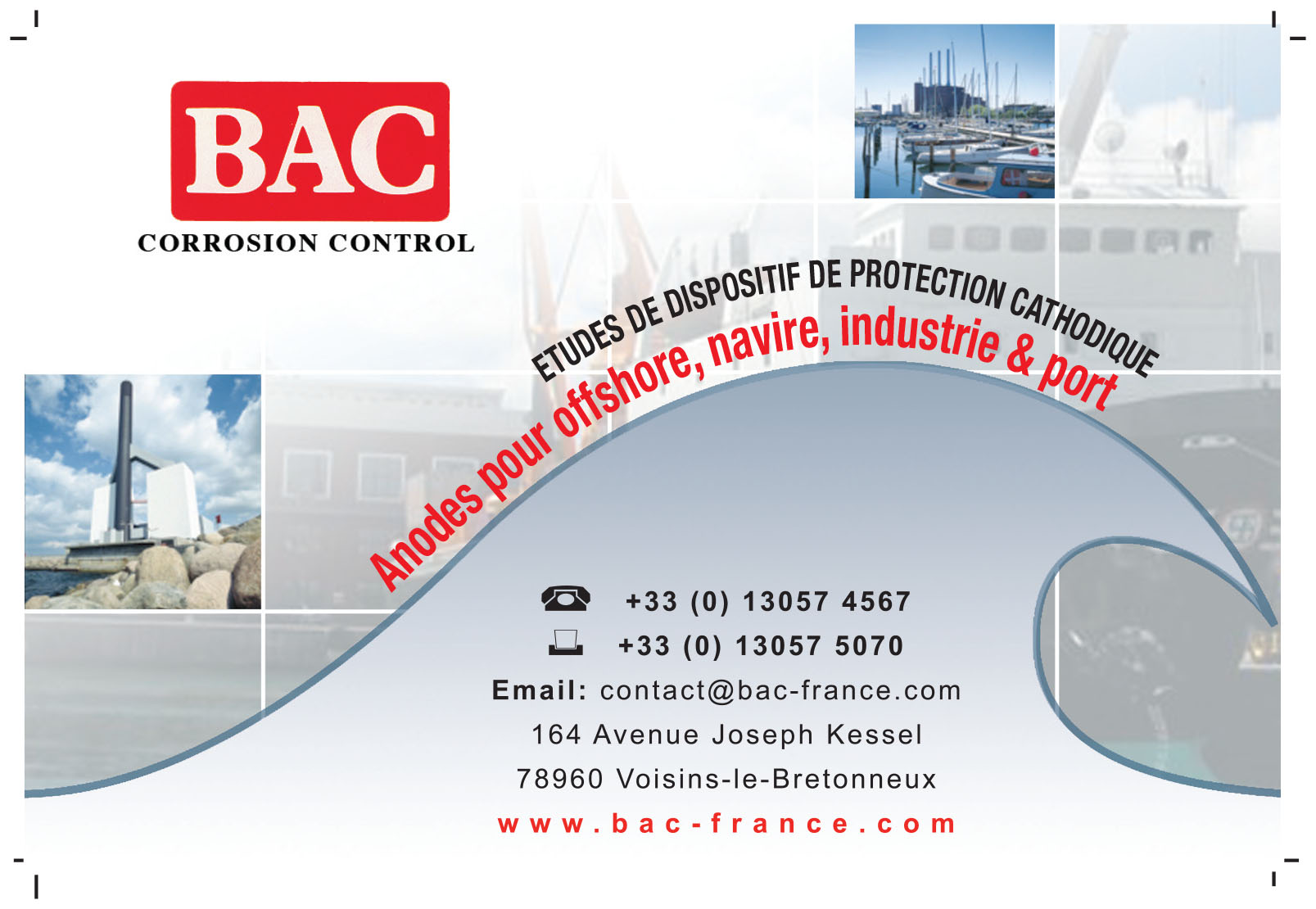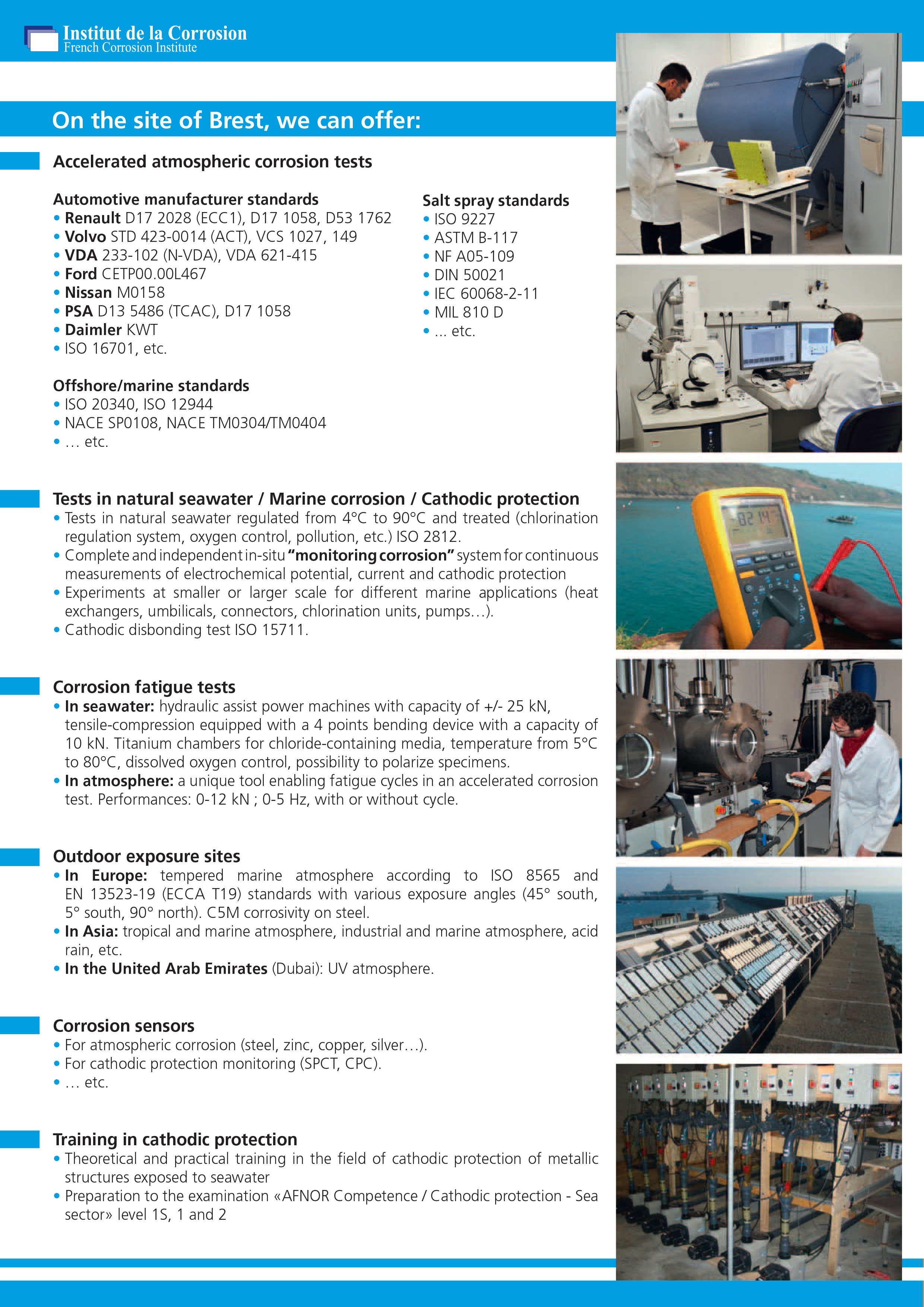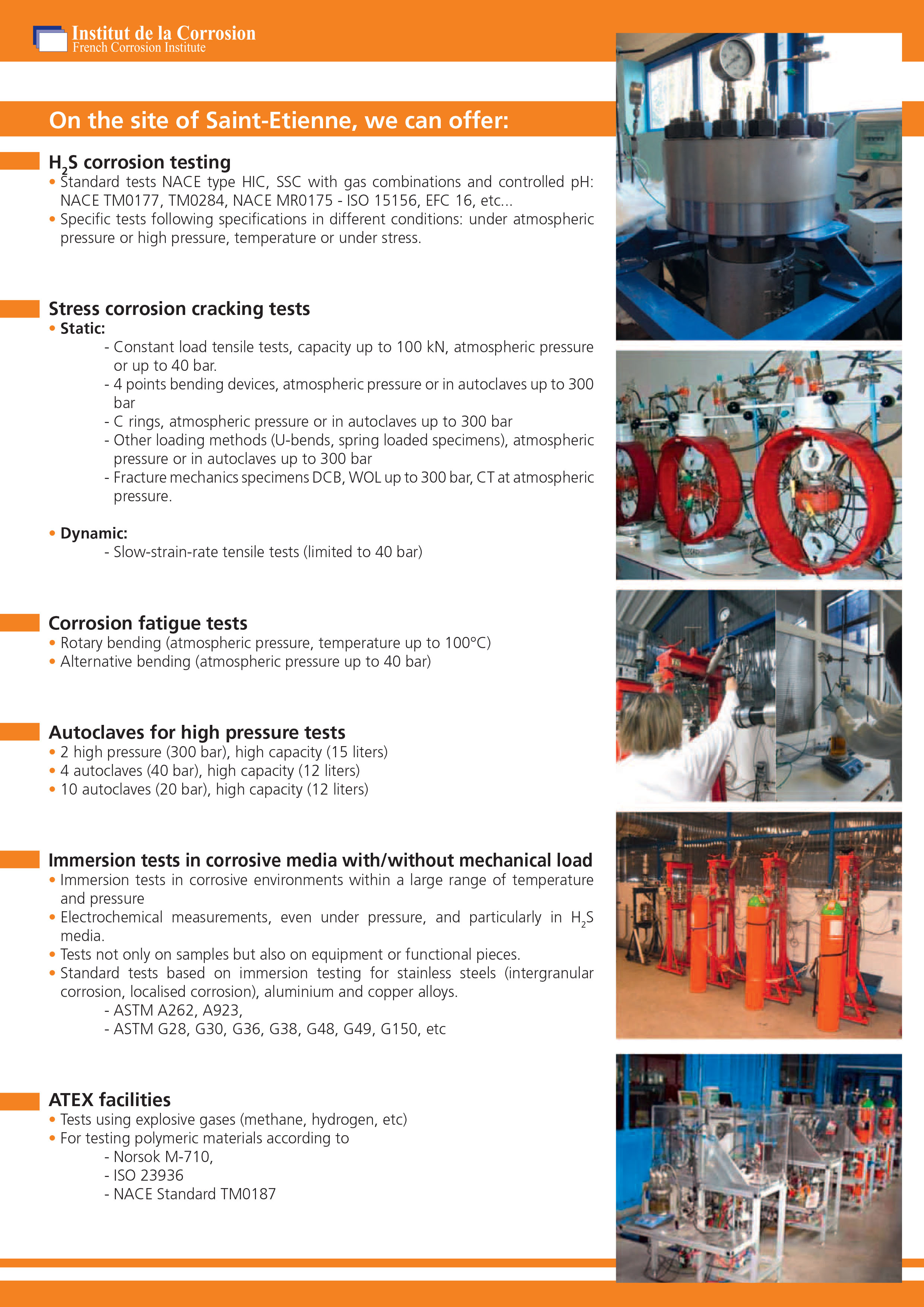The most commonly used anodes for cathodic protection of “internal surfaces” under impressed current are: ferro-silicon, graphite, conductive polymers, coating made of platinum or oxides of titanium or another noble metal, sometimes aluminium or iron.
The galvanic anodes for fresh water are made of magnesium alloy, whereas in sea water they are made of zinc or aluminium.
Table 3: Requirements about internal surfaces under cathodic protection, with a risk of hydrogen emission
| PARAMETERS | REQUIREMENTS | ||||
|---|---|---|---|---|---|
| Volume v (L) | Current Intensity (mA) | Type * | Air cock | Opening ** | E measurement |
| v < 750 | I > 150 | G, I | yes*** | no | yes |
| v > 750 | I > 150 | G, I | yes*** | yes | yes |
| v < 750 | 50<i< 150="" <="" td=""> | G, I | no | no | yes |
| v > 1500 | 50<i< 150="" <="" td=""> | G | yes | yes | yes |
| 750<v< 1500<="" td=""> | 50<i< 150<="" td=""> | G | no | no | no |
| v < 750 | 50<i< 150<="" td=""> | I | no | yes | no |
| I < 50 | G, I | no | non | ||
| * G : galvanic anode, I impressed current | ** accessible inspection hatch, *** with specific degasification device E : electrode potential of the surface with respect to a reference electrode |
||||


